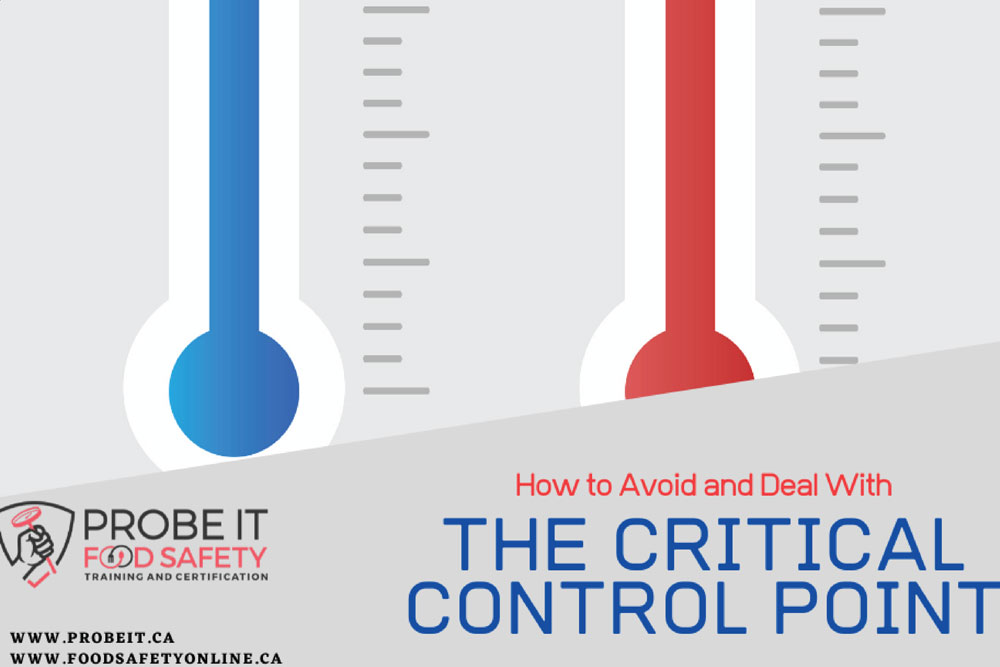The Critical Control Point

There are many out there who want to be able to identify and manage food safety, but don’t know where to start. There are many risks that may develop when it comes to food safety and many stem from not monitoring and dealing with the Critical Control Point (CCP) correctly. Without the CCP procedures for standard operations are not met and cause food safety related hazards, which is a very critical level of hazards.
Luckily for food handlers there is an internationally recognized system that details how to properly manage food establishments to prevent food safety hazards and eliminate the risk of food-borne illnesses. This system is the Hazard Analysis Critical Control Points (HACCP). The system, through 7 steps, is designed to identify and deal with potential problems.
The first step to HACCP is to conduct an analysis of all hazards and to keep a list that is well detailed. These hazards are anything that may cause injury or illness in the food establishment. Other variables may include the skill level of the employees, transportation of food, various food handling methods, the demographic and volume of those being served, and storage.
Once you have identified the potential risks, you need to continue to step 2 which is determine the critical control points. This is where you would determine which hazards are avoidable; to do so HACCP has provided a series of questions they encourage you to ask:
- Is there a potential risk of contamination?
- Is the hazard preventable?
- Can the preparation process eliminate, reduce or prevent this hazard?
- Is the CCP moniterable?
- What is your CCP measuring method?
- Can you keep documentation of the CCP?
Answering these questions and determining the critical control points will then allow you to establish step 3 which is the critical limit. These limits ensure that any hazard is controlled and every hazard has at least one critical limit. This limit needs to be something that can be measured and observed, for example, temperature or time. Step 3 is then quickly transitioned into step 4, which is monitoring those critical limits, once established. This is where you make sure all the critical control points are being met. These limits need to be easy to use and monitor and should be assigned to a specific employee. If any critical control points are not being met, the employee will need to move onto step 5 which is to take corrective action. These corrective actions depend on the severity of the circumstances and whoever is responsible will need to establish standards that were previously set.
Upon the completion of taking corrective action, one should then move onto step 6 which is establishing verification procedures. These procedures include achieving a valid status of all the critical control points. This can be sought through expert advice. Once this step is complete, the final step, step 7, is to document all procedures. This is so you may keep track of all the standards set into place and provide proof that they are being met.
If you still are unsure of the safety of your food establishment from hazards or food-borne illnesses, check out our food handlers certificate course to learn even more.
Related Posts
3 Advantages of Food Safety Training
Food safety training is a crucial aspect of keeping your business afloat. There are many…
Read More >>3 Benefits of National Food Safety Training Program
Food establishments are held at a higher standard by the government, especially by national health…
Read More >>How You Can Apply for Food Safe Level 1
Are you looking for a way to obtain a Food Safe Level 1 online certification?…
Read More >>